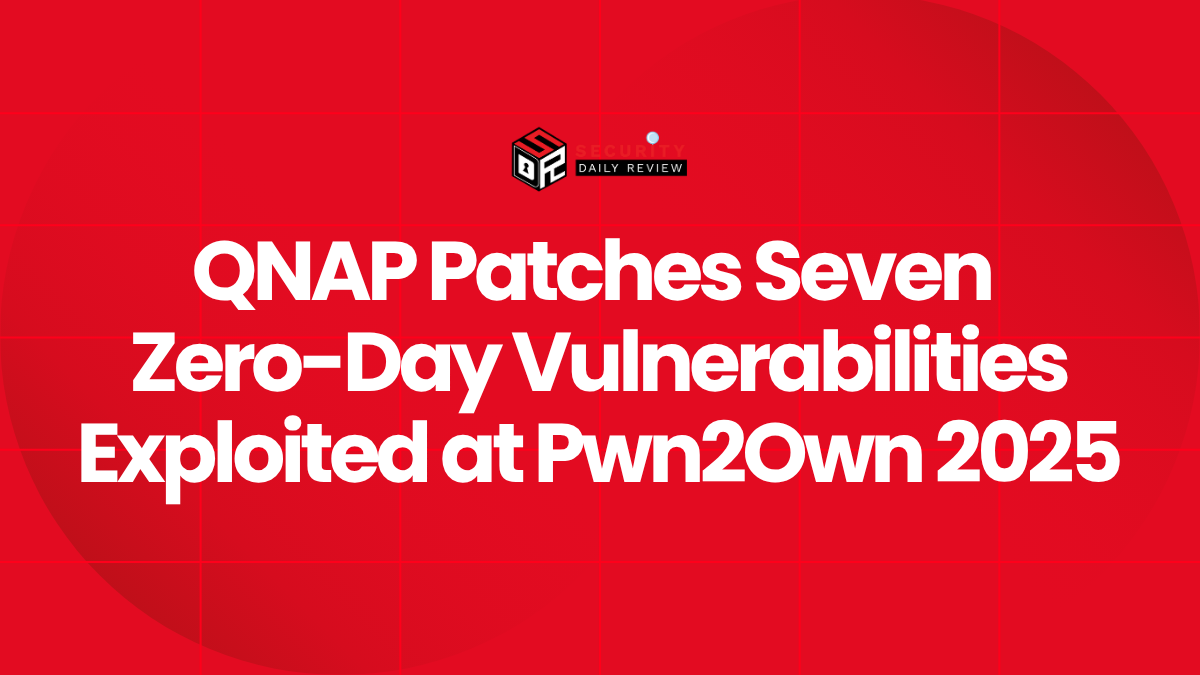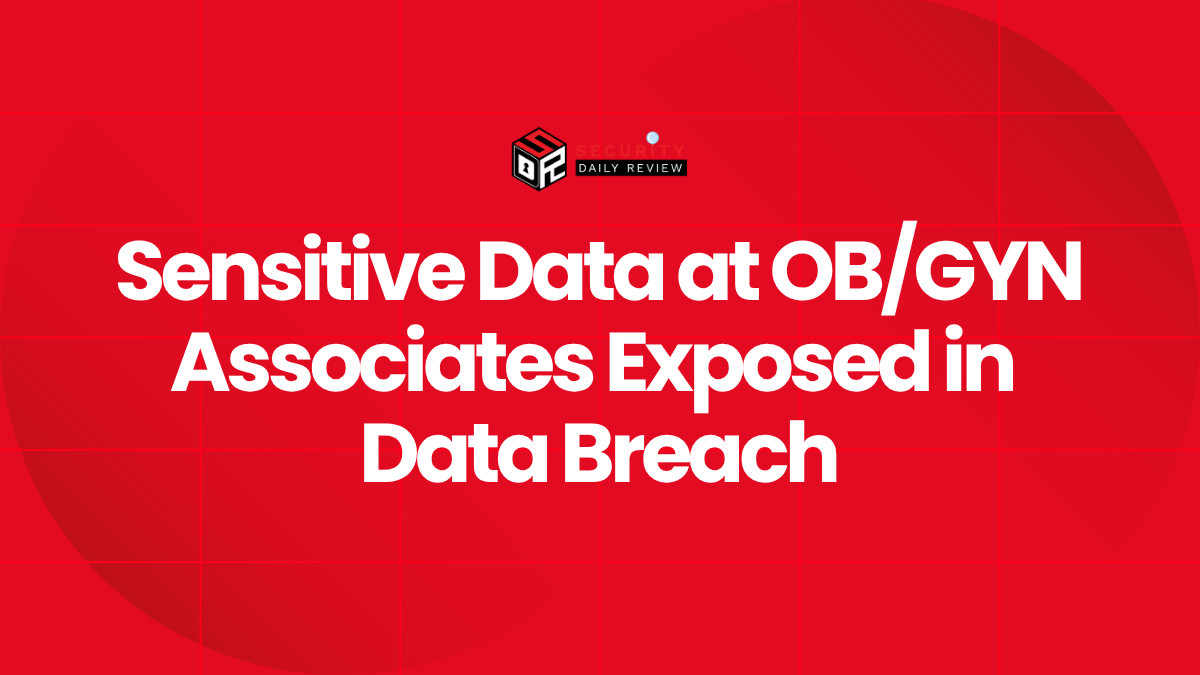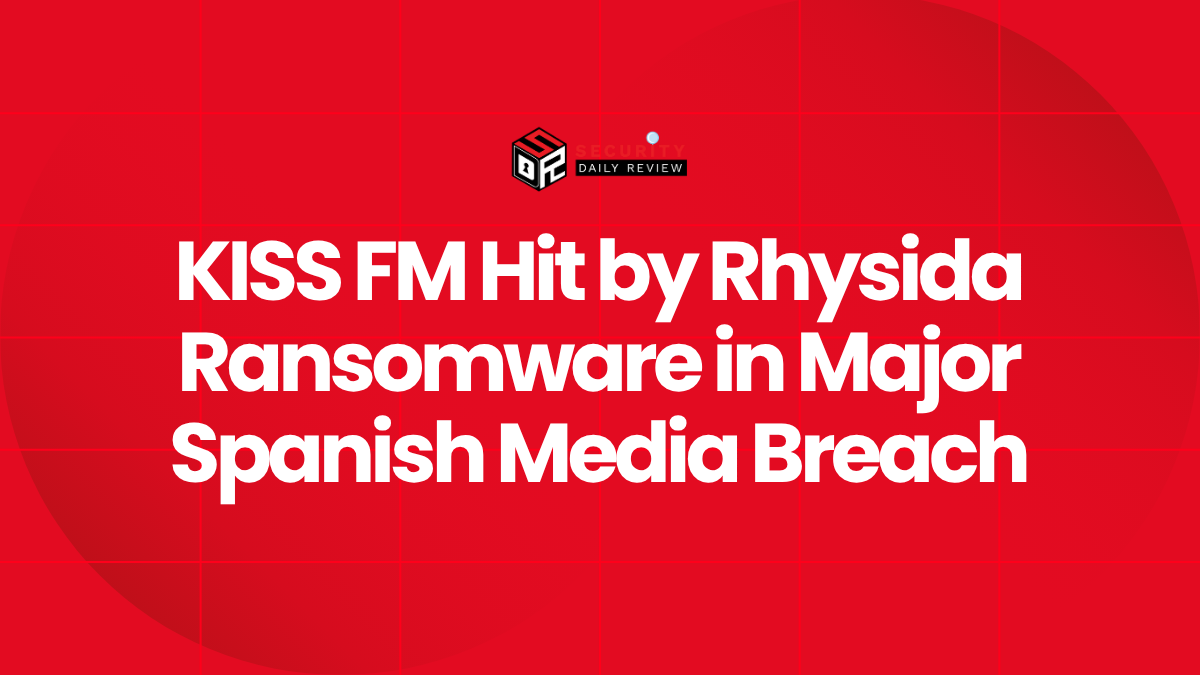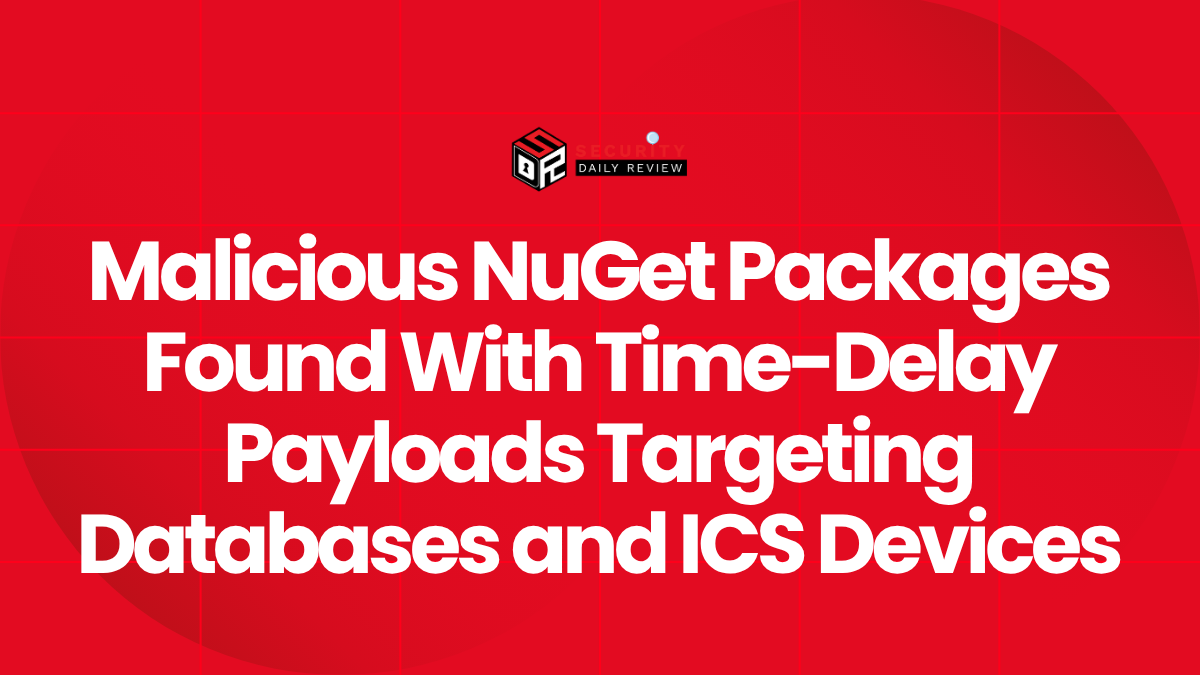The GlassWorm malware campaign, notorious for infiltrating open-source development environments, has returned with renewed vigor. After its previous attack last month targeting the OpenVSX and Visual Studio Code (VSCode) extension marketplaces, threat actors behind GlassWorm have launched a fresh wave of malicious packages. This time, the campaign utilizes three new VSCode extensions, collectively downloaded over 10,000 times before detection.
This operation illustrates the growing sophistication of software supply chain attacks and the increasing commodification of developer ecosystems as threat surfaces. The returning presence of GlassWorm also highlights how threat actors evolve their methods to remain effective while exploiting publicly accessible development platforms.
Attack Vector Leveraged VSCode Extension Marketplace
The latest GlassWorm activity centers around three new VSCode extensions that appear to perform benign tasks. However, embedded within their code is obfuscated JavaScript capable of executing remote commands, exfiltrating data, and creating a persistent backdoor on infected systems.
These extensions mimicked useful development tools, such as code snippet organizers or syntax highlighters. Their benign appearance not only bypassed initial marketplace reviews but also helped lure unsuspecting developers into installing them. Once installed, the extensions established command-and-control (C2) communications with attacker-controlled infrastructure.
This tactic of repackaging malware within open-source tools is consistent with other supply chain attacks seen in the last year, including campaigns against package registries like npm and PyPI.
Technical Behavior Reveals Persistent Infection Strategy
Post-Installation Payloads and Command-and-Control Communications
Upon installation, the malicious extensions deployed a delayed-loading mechanism to avoid immediate detection. Using base64-encoded payloads and runtime decoding, GlassWorm was able to:
- Execute arbitrary shell commands
- Collect system metadata, including usernames and environment variables
- Install second-stage payloads for persistence
The C2 communication was conducted over HTTPS and utilized hardcoded remote servers. Analysts discovered that the malware would query these remote URLs for JavaScript payloads encoded with evasion techniques, enabling dynamic malware behavior updates post-installation.
This stealthy architecture allowed the campaign to spread quickly while remaining under the radar during its initial activity window.
Exploiting Developer Trust Undermines Software Integrity
Targeting Developers Poses Broad Security Risks
By leveraging platforms like OpenVSX and the official VSCode marketplace, GlassWorm has targeted one of the most privileged threat surfaces—the development environments themselves. Once a malicious extension is installed on a developer’s system, it can compromise software builds, inject backdoors into source code, or leak sensitive corporate information.
The rapid adoption of the malicious VSCode extensions, with over 10,000 installs before takedown, underscores the risk of trusting seemingly innocuous open-source components without thorough vetting. This is especially concerning for developers operating within CI/CD (Continuous Integration/Continuous Deployment) pipelines or handling enterprise-level source code.
Software supply chain attacks like GlassWorm are particularly dangerous because:
- They exploit the implicit trust between developers and extension marketplaces.
- Malicious payloads can propagate widely through code repositories or compiled software.
- Detection is difficult without rigorous code reviews and runtime monitoring.
Marketplace Response and Lessons for Secure Development
Continued Vigilance Required Despite Swift Remediation
Both the VSCode and OpenVSX marketplaces have confirmed the removal of the malicious packages and have initiated security reviews of similar extensions. Although access to these particular malware strains has been curbed, the campaign’s impact underscores structural vulnerabilities in marketplace policing mechanisms.
Security tools and defenders should prioritize integrating behavioral analytics and runtime inspection rather than relying solely on static code checks. Additionally, developers are encouraged to:
- Review change logs and source repositories before installing any extension.
- Use strict permission settings when running unknown extensions.
- Regularly audit installed add-ons for abnormal behavior or unexplained network activity.
Meanwhile, security teams must treat IDEs (Integrated Development Environments) like any other critical endpoint asset, with monitoring, isolation, and alerting mechanisms in place.
GlassWorm’s Return Signals a Broader Trend
Developer Ecosystems Remain High-Value Targets
The reappearance of GlassWorm highlights an ongoing strategic shift by threat actors toward soft targets within the development community. As organizations invest in securing production environments, attackers have turned their attention upstream—where development tools, plugins, and marketplaces often lack mature cybersecurity defenses.
This campaign’s success demonstrates that developer-focused malware is not only viable but increasingly profitable, especially when overlooked by conventional enterprise security postures.
As GlassWorm continues to evolve, the security community must rethink how trust is established in open-source ecosystems and build in processes to validate every dependency, extension, or package introduced into the development cycle.









